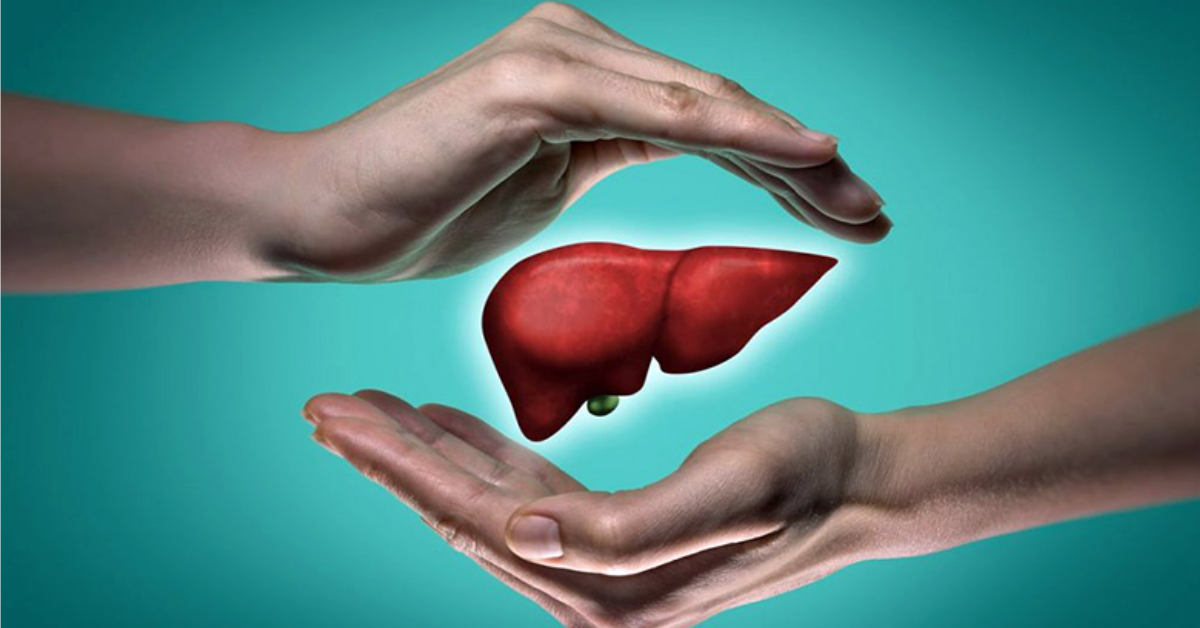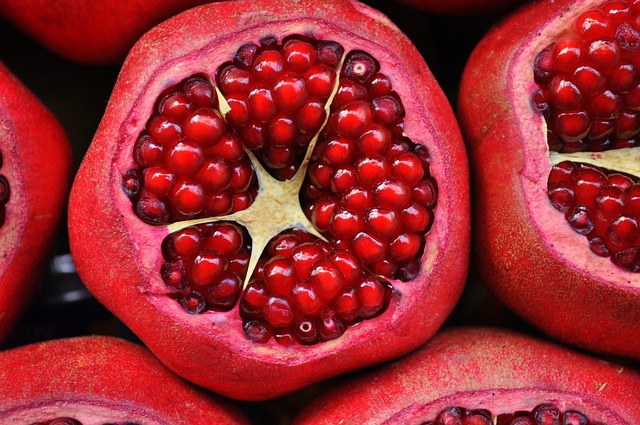Type 1 Diabetes Stem Cell Therapy in India: Hope for a Healthier Future
Type 1 diabetes has long been a life-altering condition, requiring daily insulin injections, constant blood sugar monitoring, and a disciplined lifestyle. However, recent advancements in Type 1 Diabetes Stem Cell Therapy in India are beginning to offer a new path—one filled with genuine hope. By targeting the root cause of the disease rather than merely managing symptoms, stem cell therapy is being recognized as a promising frontier in diabetes care.
This article explores how Type 1 Diabetes Stem Cell Therapy in India is evolving, what it involves, its potential benefits, success rates, safety profile, and why India is becoming a global hub for such transformative treatments.
Understanding Type 1 Diabetes
Type 1 diabetes is an autoimmune condition in which the immune system mistakenly attacks the insulin-producing beta cells in the pancreas. Unlike Type 2 diabetes, which can often be managed through lifestyle changes and oral medications, Type 1 requires lifelong insulin therapy. The loss of beta cells leaves the body unable to regulate blood glucose levels naturally.
Traditional treatment for Type 1 diabetes does not address the underlying cause. It focuses on symptom management through insulin administration. This lifelong dependency often comes with complications like hypoglycemia, nerve damage, kidney failure, and cardiovascular problems. In contrast, Type 1 Diabetes Stem Cell Therapy in India is offering a revolutionary alternative.
What Is Type 1 Diabetes Stem Cell Therapy?
Stem cell therapy aims to regenerate or replace the damaged beta cells in the pancreas. Mesenchymal stem cells (MSCs), derived from sources like bone marrow, adipose tissue, or umbilical cord blood, are commonly used in this procedure. These cells are known for their anti-inflammatory and immunomodulatory properties.
In Type 1 Diabetes Stem Cell Therapy in India, stem cells are processed and administered to the patient to encourage the repair of pancreatic tissues and suppression of the autoimmune response. This has the potential to restore partial or even full insulin production in some patients.
Why India is Emerging as a Global Destination
India is fast becoming a leading destination for advanced medical treatments, and Type 1 Diabetes Stem Cell Therapy in India is no exception. Several factors contribute to this:
-
World-class Medical Facilities – Many hospitals and stem cell clinics are accredited by international organizations, ensuring high standards of care.
-
Affordable Treatment Costs – Compared to Western countries, the cost of stem cell therapy in India is significantly lower without compromising quality.
-
Expertise – Indian doctors and researchers are at the forefront of stem cell research and applications.
-
Regulatory Environment – India follows ethical and scientific guidelines laid down by bodies like the Indian Council of Medical Research (ICMR), ensuring patient safety.
-
Patient-Centric Approach – Treatment protocols in India often focus on holistic healing, combining allopathic and regenerative medicine practices.
These advantages are making Type 1 Diabetes Stem Cell Therapy in India an increasingly attractive option for both domestic and international patients.
The Treatment Process: Step by Step
The process of undergoing Type 1 Diabetes Stem Cell Therapy in India usually follows these key stages:
1. Initial Assessment
The patient undergoes a thorough medical evaluation, including blood tests, imaging, and consultation with endocrinologists and stem cell experts. Suitability is assessed based on age, medical history, diabetes duration, and overall health.
2. Stem Cell Harvesting
Stem cells are either derived from the patient (autologous) or from donors (allogeneic). Sources like bone marrow or umbilical cord tissue are commonly used.
3. Laboratory Processing
The harvested stem cells are isolated, purified, and cultured in specialized laboratories. This stage is critical to ensure cell quality and potency.
4. Stem Cell Administration
The prepared cells are introduced into the patient’s body through various routes—intravenous infusion, pancreatic artery infusion, or direct pancreatic injection.
5. Post-Treatment Monitoring
Patients are closely monitored for immune response, blood glucose levels, and overall health. Some may be able to reduce or even eliminate insulin dependence over time.
This personalized, step-by-step approach makes Type 1 Diabetes Stem Cell Therapy in India both comprehensive and patient-friendly.
Results and Outcomes
Early clinical studies and patient experiences have shown promising results. Some patients have experienced:
-
Improved blood sugar control
-
Reduced insulin dependency
-
Decreased frequency of hypoglycemic episodes
-
Enhanced energy and quality of life
It’s important to note that Type 1 Diabetes Stem Cell Therapy in India does not guarantee a cure. However, many patients have seen meaningful improvements in disease management, which in itself is a massive step forward.
Long-term benefits are still under observation, but growing evidence supports the regenerative potential of stem cell treatment in autoimmune conditions like Type 1 diabetes.
Safety and Side Effects
One of the critical questions surrounding any new medical treatment is safety. In this regard, Type 1 Diabetes Stem Cell Therapy in India maintains a favorable profile when administered in regulated and well-equipped settings.
Possible side effects are rare but may include:
-
Mild fever or fatigue post-infusion
-
Localized pain at injection site
-
Allergic reactions (extremely rare with autologous cells)
-
Temporary inflammation
Strict protocols followed in India’s leading hospitals and research centers help minimize risks. Most patients tolerate the treatment well, and post-care support ensures complications are quickly managed if they arise.
Cost of Treatment in India
The affordability of Type 1 Diabetes Stem Cell Therapy in India is a key factor attracting medical tourists from around the world. While costs vary depending on the institution, stem cell source, and number of sessions, the treatment typically ranges between INR 3,00,000 to INR 10,00,000.
When compared to prices in countries like the U.S., UK, or Australia, where similar treatments may cost three to five times more, India presents a compelling option for many families.
Who Is an Ideal Candidate?
Not every patient with Type 1 diabetes will be eligible for stem cell therapy. Ideal candidates for Type 1 Diabetes Stem Cell Therapy in India often include:
-
Patients diagnosed within the last 5–7 years
-
Individuals with preserved C-peptide levels (indicating some beta-cell activity)
-
Adults aged 18–50 in relatively stable health
-
Those committed to post-therapy lifestyle and dietary guidelines
Children, elderly individuals with complications, or those with advanced organ damage may not be suitable candidates, although assessments are always done on a case-by-case basis.
Frequently Asked Questions (FAQs)
1. Is the therapy a permanent cure for Type 1 diabetes?
Not yet. While Type 1 Diabetes Stem Cell Therapy in India can lead to significant improvements, it is not a guaranteed cure.
2. How soon can results be expected?
Some patients report better sugar control within weeks, but measurable changes generally occur over 3–6 months.
3. Is the therapy approved in India?
Yes, under certain clinical research protocols and regulatory frameworks. Leading hospitals follow ICMR-approved guidelines.
4. Can foreign nationals get treated in India?
Absolutely. India welcomes international medical tourists with streamlined visa and consultation processes.
5. How long does the treatment take?
The full course, including assessment, therapy, and monitoring, usually spans a few weeks to a couple of months.
These answers reflect the growing transparency and professionalism seen in Type 1 Diabetes Stem Cell Therapy in India today.
The Road Ahead
Research continues to evolve. With ongoing clinical trials, gene-editing advancements, and improved cell differentiation techniques, the future of Type 1 Diabetes Stem Cell Therapy in India looks increasingly bright.
Leading Indian institutions are also collaborating with global partners to further improve safety, efficacy, and accessibility. As technology advances and data accumulates, stem cell therapy could shift from being an alternative treatment to a standard option in diabetes care.
Final Thoughts
Type 1 diabetes has long been associated with a life of careful management and medical dependence. But with the emergence of Type 1 Diabetes Stem Cell Therapy in India, there’s a new vision—a future where regeneration replaces regulation, and healing becomes possible at the cellular level.
While stem cell therapy is still in its evolutionary phase, its results in India are both inspiring and encouraging. With skilled professionals, advanced infrastructure, and cost-effective treatment options, India is indeed offering hope for a healthier future to millions living with Type 1 diabetes.
Whether you’re a patient, caregiver, or healthcare provider, staying informed about Type 1 Diabetes Stem Cell Therapy in India could open doors to life-changing possibilities.





